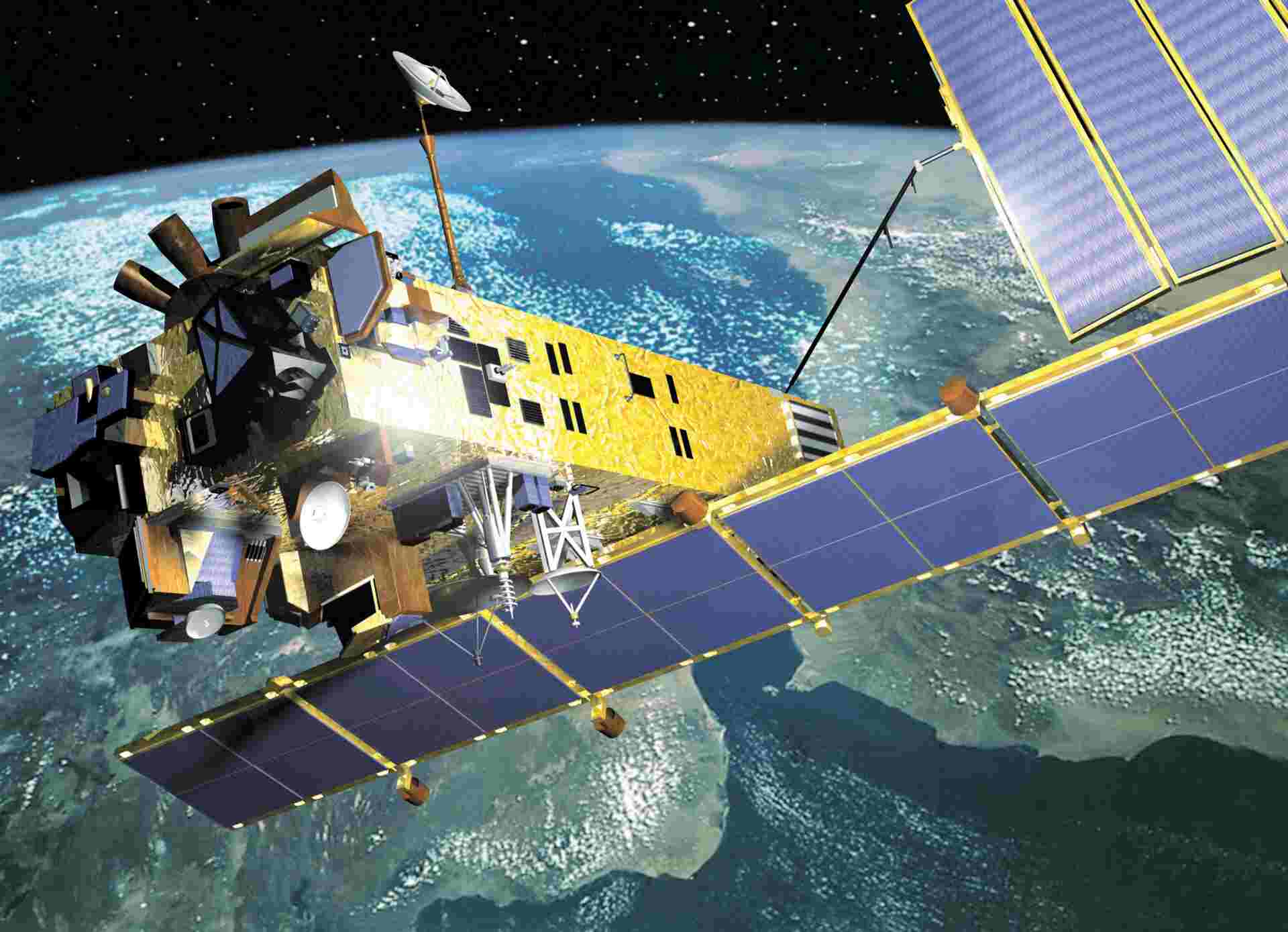Referring to Nouns – Lead In
A. Context Speaking
- How do satellites help communication? Explain.
- Share a benefit of space exploration.
- Why do countries launch satellites? Explain.
- How do satellites aid weather forecasting?
- Share a way space exploration benefits us.
- Why study asteroids in space exploration?
- What’s the significance of space research?
- Explain how satellites help GPS.
B. Context Listening

You are going to hear a speaker at an environmental awareness conference talking about a European satellite called Envisat. Before you listen, put the words below into two groups: the environment and satellites.
| climate fully-equipped global warming |
launch monitoring observation |
outer space ozone depletion precise |
instrument operational costs |
Now listen to the talk and complete the notes below. Write no more than two words or a number for each answer.
Envisat Satellite
|
Underline the correct words.
Envisat is a/the fully equipped observation satellite.
- A/The satellite was launched in 2002.
- With its ten instrument systems, it is equipped with -/the best eyes possible and offers everything that -/the scientists could wish for.
- The total cost of the Envisat Programme is 2.3 billion euros over 15 years. Included in that/this sum is development and construction of the instruments.
- Neither/None of our countries can afford to let down their environmental guard.
Listen again to check your answers.
Look at your answers to Exercise 3 and answer these questions.
- Why do we say “a satellite” in sentence 1 and “the satellite” in sentence 2?
- In sentence 3, why do we use an article before “best”? Why don’t we use an article in front of the word “scientists”?
- In sentence 4, what does “this sum” refer to?
- In sentence 5, why can’t we use “neither”?